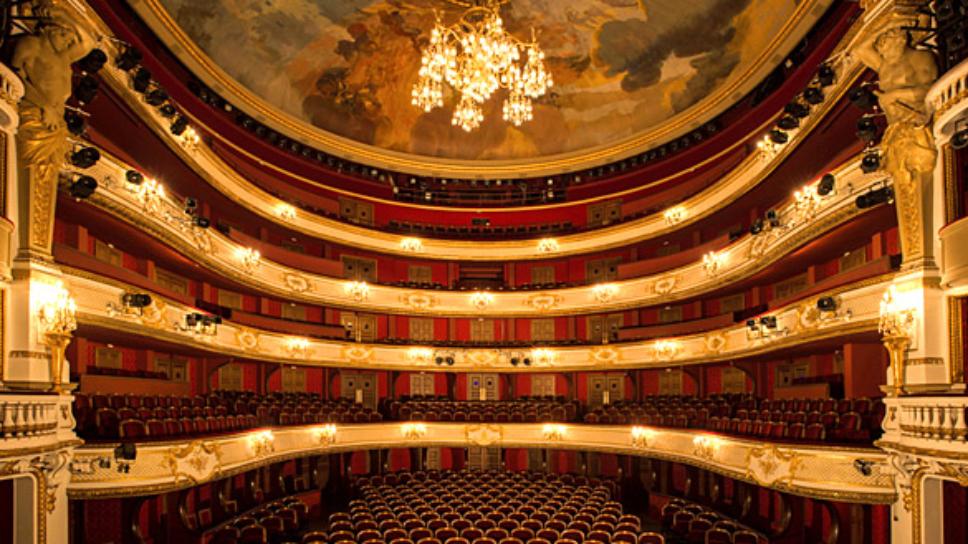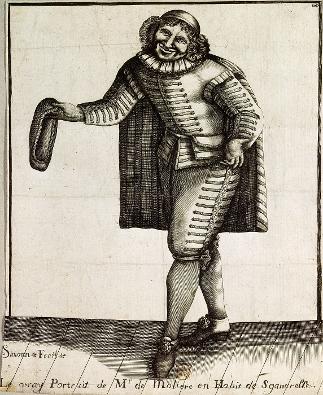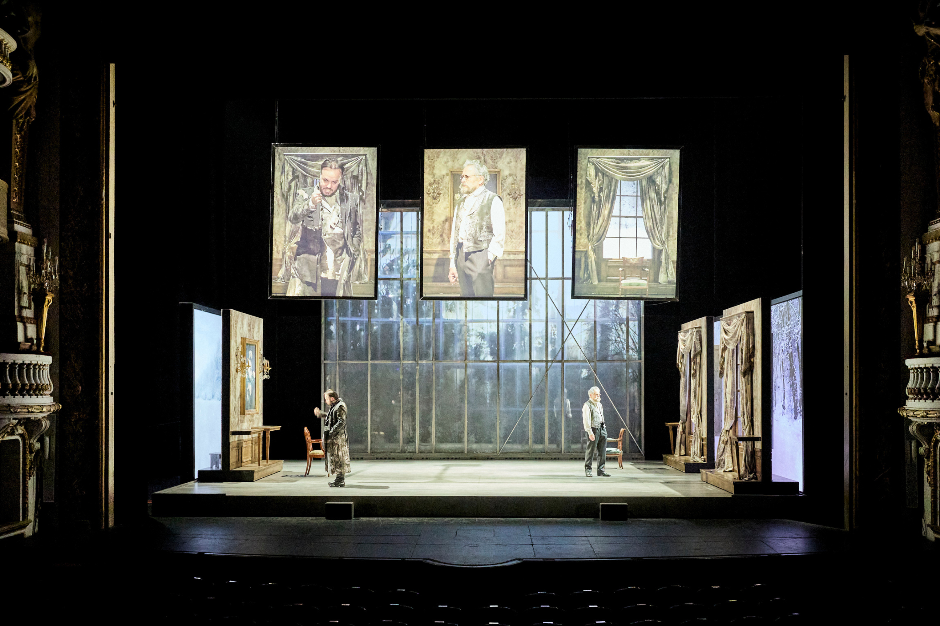STUDENT E-JOURNAL EXAMPLES FROM PARIS 2024
E-Journal EXAMPLE from Professor LaLonde
For your e-journal assignment, you will: A/ first write ten different entries and include four-five related photos that are included on your webpage; B/ then paste together the entries and upload the text (not the four-five pictures) as a doc file to SafeAssign. Immediately below you will find more explicit directions for your project:
1/ Write 750-800 words for each of the 10 chapters or sites we visited in Paris during the study-abroad program.
2/ Organize your entries to follow this pattern: a/ synthesis of key historical facts and cultural features of the site; b/ analysis comprised of a dialectical discussion of an issue that captured your attention at the site.
3/ Include the link to your webpage on your SafeAssign Doc file. Both the e-journal entries and SafeAssign assignments are due July 7 at 12:00 Central.


Webpage: https://suzannelalonde.us
E-Journal Entry #
Paris Study Abroad Program 2024
Comédie Française-The National Theater of France
Suzanne LaLonde
A. A SYNTHESIS OF MAIN FACTS AND FEATURES SURROUNDING THE SITE:
According to the Comédie Française’s website, Louis XIV established the troupe of the Comédie in the 1680’s after the death of the playwright Molière. Left to vagabond from one venue to the next, the theater as we know it today did not house the troupe of actors until the eighteenth century. By the time of the French Revolution of 1789, the Comédie’s actors performed at the Odéon Theater. However, revolutionaries closed the theater’s doors, because it was viewed as a mouthpiece for the French Monarchy. Indeed, if the theater expressed nuanced critical views of the monarchy through irony and humor, as seen in Molière’s comedies, it was financially dependent upon the King. By 1799, the tumult of the Revolution began to subside, and the troupe reunited and found a new home in the Théâtre Française de la Rue Richelieu of the Palais Royal. The nineteenth century brought its own series of theatrical revolutions to the Comédie; the Romantic authors from Alexander Dumas to Victor Hugo staged plays in which unassuming characters performed heroic deeds, and emotions were displayed with fanfare. While staging plays from classical writers from Shakespeare to Corneille during the twentieth century, the theater also presented other pieces from Avant-guard playwrights, such as Bertol Brecht. Today, the Comédie seems to be competing with Netflix streaming and Instagram, as they attempt to embellish even classical plays with the newest technology.
B. A DIALECTICAL DISCUSSION OF THEATER:
While I was in Paris, I attended several plays at the Comédie Française. I was both disappointed and impressed with the productions. On the one hand, I did not appreciate the way the Comédie integrated so much technology into their productions. What makes technology incompatible with theater? A rendition of Les Posédés (adapted from the novel by Fyodor Dostoyevsky) provides some clues. The play was rendered ultra-modern by the addition of large rectangular screens that resembled giant I-phones hanging from the stage’s ceiling. Facetime-like images of the actors appeared before us as the actors themselves kept their back to the audience and uttered their lines to one another thru the intermediary of cameras and screens. The addition of this technological effect gave spectators the impression that the actors were totally disengaged with each other and with us. Perhaps that was the point. Perhaps we have grown so accustomed to this type of communication that we remained unphased by its awkward, if not oxymoronic quality. And yet, acting should be about connections with others. Actors typically seek to connect with one another in order to make their constructed reality seem more real. Furthermore, the audience expects emotional connections with actors, so that they experience a flow of emotions leading to what Aristotle called “catharsis” or a purging of sentiments. In short, while Les Posédés was defined by technological gimmicks, it lacked the fundamental effect of emotional connections.
On the other hand, Edmond (by Alexis Michilak) was an exquisite play. It was a celebration of theater, as it was a play about a play. And since the piece was about theater itself, as opposed to love or war, it concentrated on the art of acting and a clever plot. At first, the play seems to be about how the real playwright and main character Edmond Rostand struggled to write the play Cyrano de Bergerac. We later realize as spectators that the play we are watching Edmond has transformed itself into the actual play Cyrano de Bergerac. Such an unexpected plot keeps spectators entertained and on their toes. It also reminds us that theater is defined by layers of escape from reality: the author escapes while writing the play; the actors enter another reality when they act; the play within a play is a flight from the unreality of the original escape from reality.
Still, like Plato, might maintain that such an exposure to an imaginative realm removed from reality could have deleterious effects. It could encourage spectators to lose a grounded understanding of the world. And yet, it could be argued that an exposure to an imaginative realm could encourage wisdom if not well-being. Within the realm of the unreal, creative ideas can be cultivated that never flourish in the monotony of everyday life. It can also represent a place where spectators and actors encounter issues but through the backdoor rather than as a head-on collision. In other words, we might not be psychologically prepared to accept an idea at a conscious level. We may need to experience it on a subconscious or metaphorical level before we can acknowledge it on a conscious level. What unites Edmond and Les Posédés is that they triggered a cascade of emotional and intellectual reactions, both positive and negative, which is the goal of all art, whether on stage or in the halls of museums.

